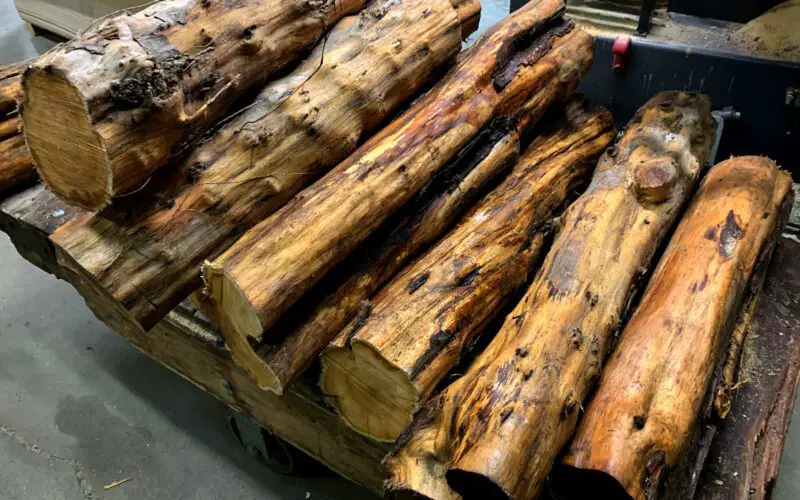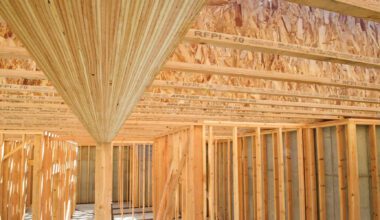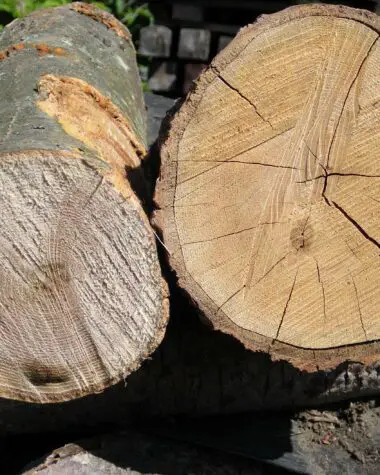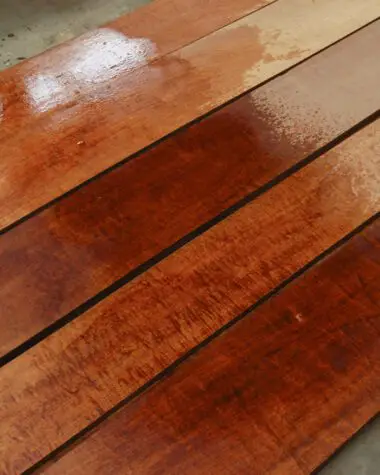Yew trees are among the most peculiar trees because they are uncommon in some countries. Also, the unique qualities of its wood, which have made the tree more popular, are the reasons why the Yew tree has become so rare. In history, it was chosen as the tree of the year in 1994.
More interesting information about Yew wood is ahead. Buckle up because it is time to unravel them all. In this article, we are going to talk about the properties, uses, and more information about Yew wood.
General Properties of Yew Wood
Yew wood is extremely dense, resilient to water, and elastic. These features make it the perfect wood for turning and carving. The wood and bark have no resin remnants.
The wood is unique because its annual rings are easy to see. It works well with hacksaws and carving knives. It also has a great drying process, which makes it exceptionally suited for polishing, staining, and polishing. All conventional methods of treatment are appropriate for its surface.
In terms of its color, sapwood appears as a narrow tan or pale yellow band. Usually an orangish-brown color, the heartwood can also have darker brown or purplish overtones.
Read: Sapwood vs. Heartwood
Meanwhile, the grain structure of its wood is seen to be straight, with a fine, uniform texture.
Yew wood has strong stability and is resistant to shrinking. Additionally, it is not prone to fungal or insect infestation and is weather-resistant.
Uses of Yew Wood
Yew is a sturdy, strong, and resilient wood that is ideal for use in bent wood applications, despite its classification as a softwood. It is heavier and harder than several of its wood counterparts– “hardwoods.” The bent sections of Windsor chairs were traditionally made of yew wood.
Even though European and Pacific yew is in short supply, the yew has many applications today. Reproduction furniture, exterior and interior joinery, patio furniture, and fence posts are all made of European yew. It is still a common option for Windsor chair components.
Yew tree trunks develop in a twisted way, which affects how the wood is used in products. Yew’s erratic growth affects the wood’s grain as well. According to Luke Hughes in the book “The Encyclopedia of Wood,” working in the wood industry can be “unpredictable and volatile.”
The author noted that this reason explains why yew is valuable for making smaller products like snuff and pill boxes, plates and spoons, and even the functional components of wood mills. Yew veneers are sometimes used for furniture and other high-end applications, particularly for replica work. Additionally, it is carved with.
More about Yew Wood
Yew (Taxus spp.) is a good example of why it’s not always advisable to consume plant samples. Yew shrub is frequently planted in front of homes, apartments, and establishments, yet it is highly hazardous in almost all forms. Even a small amount of berries can cause severe poisoning or even death.
Yew is fatally poisonous in all sections except for the berry’s meat. The plant’s seed, however, is the most lethal part. Thus, I do not advise taking the berry and spitting out the seed.
What makes yew so lethal, then? This tree contains taxine, a lethal alkaloid. In circumstances of acute poisoning, this quickly absorbed cardio-depressant can cause death within a few hours of consumption, although lesser doses may take up to 24 to 48 hours.
Until the heart suddenly stops, there are frequently no signs. Symptoms can include low blood pressure, low energy, shaking, stumbling, anxiousness, coldness, weakness, and weakness.
Other Wood Types You May Be Interested In
Below are other softwood types that you may be interested in.
Wrapping Up
Putting extra care into treating Yew wood is a must-have. It becomes dangerous for those who do not know much about the poison it has in its various tree parts. Despite this, Yew wood is still beneficial if you know how to treat it correctly. One can make several projects out of it. There’s no reason to be intimidated by this wood type because it is unique in its own way.








